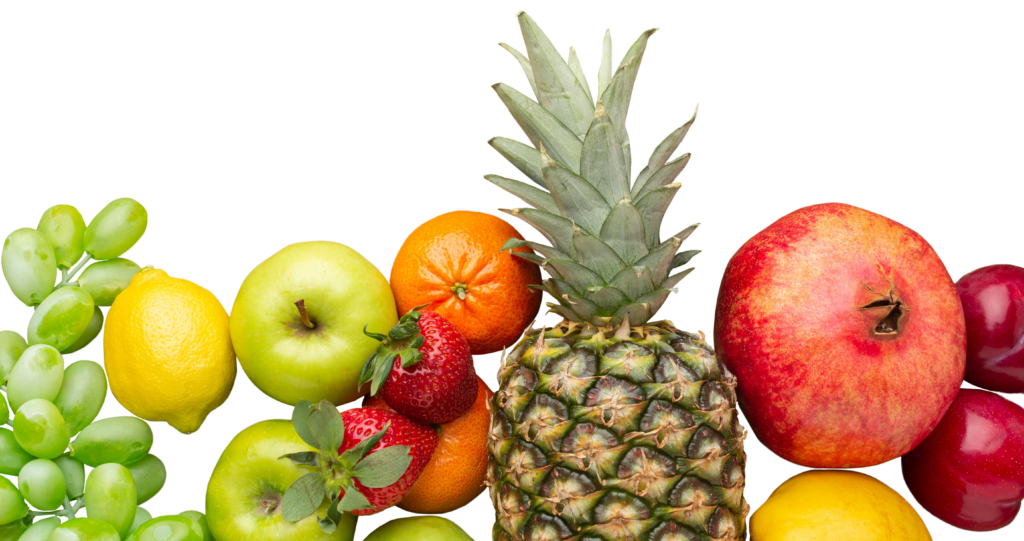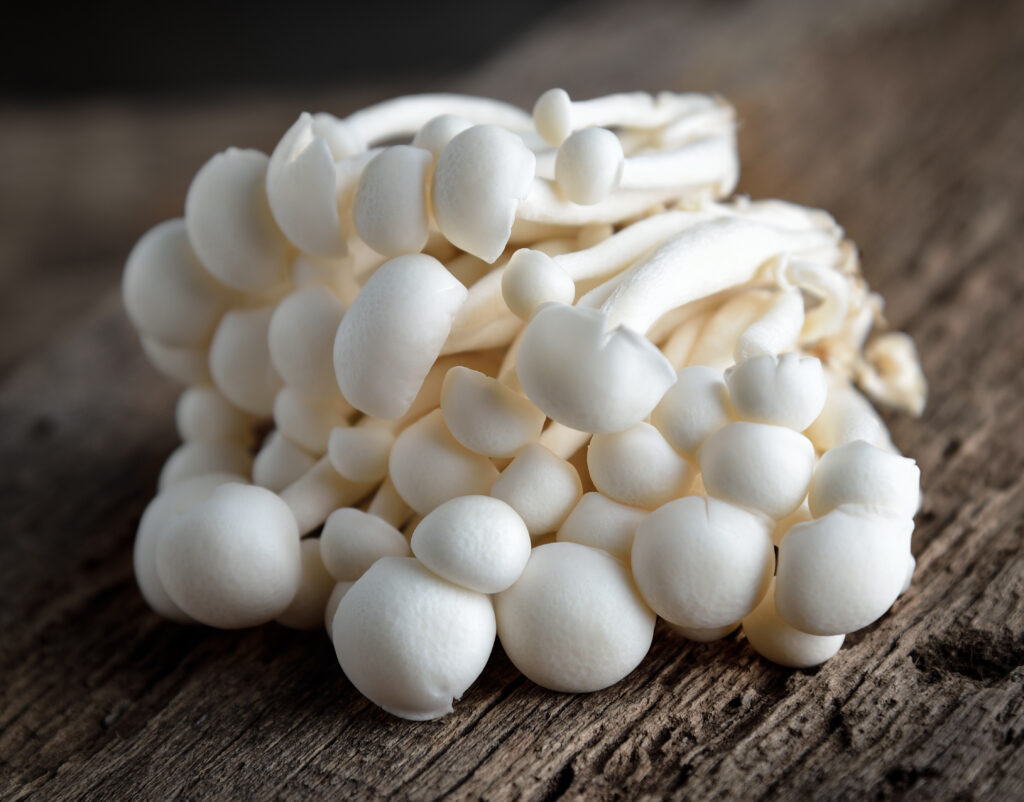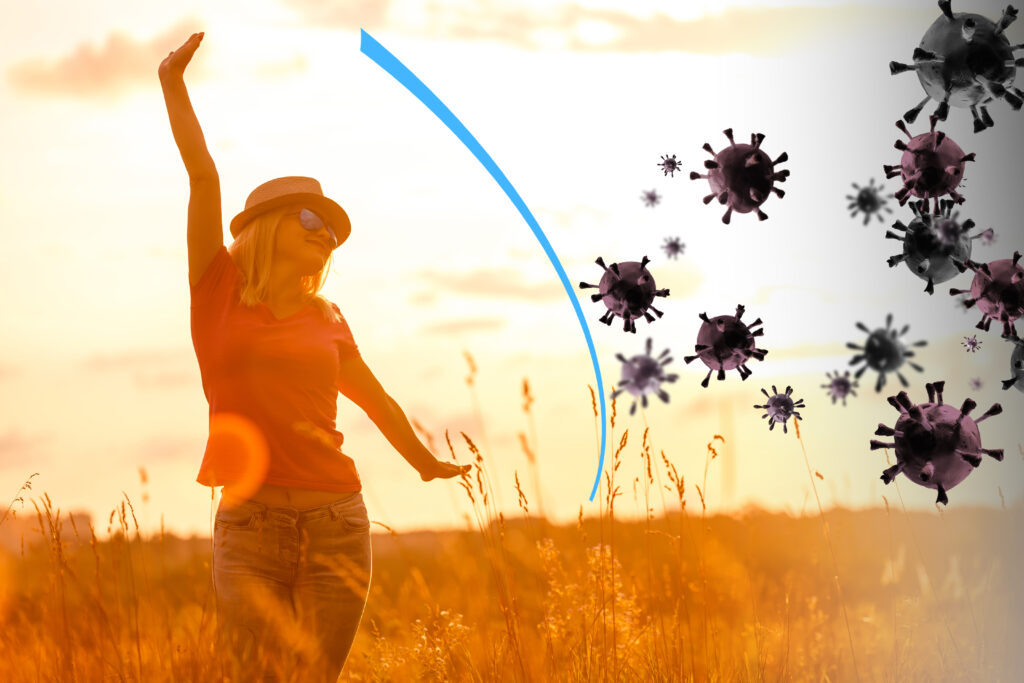Astaxanthin is a reddish pigment that belongs to a group of nutrients known as carotenoids. It’s a compound found in algae and yeast and the one responsible for giving salmon, shrimp, trout, and other seafood their reddish coloration.
Carotenoids are plant-based compounds that also include pro-vitamin A, beta-carotene, lutein, and lycopene. As with the other carotenoids, astaxanthin is believed to have antioxidant and anti-inflammatory effects. These can prevent or slow the progression of certain diseases by reducing the oxidative and inflammatory stress placed on cells.1
3 Health Benefits
Alternative practitioners believe that astaxanthin supplements may prevent or treat a host of ailments, including heart disease, diabetes, high cholesterol, liver disease, and aging-related vision loss.
Others have made far-ranging (and sometimes exaggerated) claims, suggesting the astaxanthin can treat Alzheimer’s disease, male infertility, rheumatoid arthritis, and even cancer. Few of these claims are supported by research.
With that being said, a number of smaller studies have suggested that astaxanthin may offer genuine health benefits when used as a supplement.2
Heart Disease
A 2014 review study suggests that antioxidant properties of astaxanthin may be cardioprotective. By eliminating the free radicals that damage vascular tissues at the genetic level, the risk of atherosclerosis (hardening of the arteries) may be greatly reduced. It’s important to note, however, that the role of astaxanthin in preventing cardiovascular disease has only been tested in the laboratory on cells and animals, but have not been studied in clinical trials with humans.2
According to a review published in 2015, astaxanthin is a powerful antioxidant that may be 10 times more effective in clearing free radicals than lutein, canthaxanthin, and beta-carotene.3
The interest in astaxanthin as having heart health benefits began in 2000 when a study from Japan reported that 24 adults prescribed astaxanthin in doses ranging from 1.8 to 21.6 milligrams daily experienced reductions in “bad” low-density lipoprotein (LDL) cholesterol after a year. Moreover, the degree of LDL reduction directly corresponded to increases in astaxanthin doses.4
A 2016 review of studies concluded that in laboratory and animal studies, astaxanthin not only exerts a positive influence on cholesterol but also triggers reductions in blood sugar and generalized inflammation as well. All of this could translate to an overall reduction in cardiovascular risk but research on humans is needed to know how much the risk might be reduced (if at all – humans aren’t the same as lab animals).5
Diabetes
Insulin resistance is a condition in which your body does not respond to insulin in the way that it should. The condition, also known to as impaired glucose tolerance, often occurs before prediabetes and the onset of type 2 diabetes. Astaxanthin may help improve your body’s insulin response and reduce the risk of type 2 diabetes.3
A 2018 study in the Asia Pacific Journal of Nutrition reported 8 milligrams of astaxanthin taken daily for eight weeks reduced abdominal fat, LDL, blood pressure, triglycerides, and fructosamine in people with diabetes but not blood glucose.6
What this suggests is that astaxanthin may have little impact on the treatment of type 2 diabetes but may mitigate many of the risk factors that can lead to complications the disease.
Macular Degeneration
Macular degeneration is an aging-related eye condition characterized by progressive damage to the central part of the retina (known as the macula), resulting in blurring and vision loss. Antioxidants like vitamin C, vitamin E, and beta-carotene are known to slow the progression of macular degeneration.7 Astaxanthin may also play a part.
According to a small 2008 study published in Ophthalmology, people with macular degeneration provided a daily supplement of vitamin C (180 mg), vitamin E (30 mg), zinc (22.5 mg), copper (1 mg), lutein (10 mg), zeaxanthin (1 mg), and astaxanthin (4 mg) experienced significant improvements in the function of the central retina after six and 12 months.8
A similar study in 2012 reported that the combination of lutein (10 mg), zeaxanthin (1 mg), astaxanthin (4 mg), and an antioxidant supplement improved visual sharpness and contrast perception in people with moderate macular damage.9
Despite the positive findings, it is unclear how much of a role, if any, astaxanthin played when compared to the other antioxidants used in the regimens.
Possible Side Effects
Astaxanthin appears to be safe and well tolerated. No side effects have been reported.2
The long-term safety of astaxanthin supplements in children, pregnant women, and nursing mothers is unknown. It is also unknown what, if any, drugs astaxanthin may interact with. To avoid problems, speak with your doctor before taking an astaxanthin supplement to fully understand the possible risks and benefits.
Dosage and Preparation
There are no guidelines directing the appropriate use of astaxanthin supplements. However, a 2014 study published in Marine Drugs, suggests a dose of 2 to 4 mg per day, preferably taken with flax or fish oil.2
What to Look For
Dietary supplements are not subject to rigorous regulation in the United States. As long as they adhere to standard manufacturing practices and make no unqualified medical claims, they can be sold in drugstores with little, if any, testing. To ensure safety and quality, opt for brands that have been voluntarily submitted for testing by an independent certifying body like the U.S. Pharmacopeia (USP), ConsumerLab, and NSF International.
Many astaxanthin products are derived from marine algae called Haematococcus pluvialis, a species known to produce high quantities of astaxanthin. In addition to supplements, the extracted pigment is approved for use as a cosmetic colorant or as an ingredient in fish feed to enhance the redness of farmed fish. When used in dietary supplements, the astaxanthin is suspended in a carrier oil.
Some astaxanthin supplements are produced synthetically in the lab. While some manufacturers will claim that algae–derived astaxanthin is superior, nothing in the body of research has shown that one is better than the other.
Other Questions
Which foods are highest in astaxanthin?
Salmon, trout, shrimp and crayfish are all food sources of astaxanthin. For example, about 6 ounces of wild caught salmon has just over 3.5 mg of astaxanthin.
Do I need an astaxanthin supplement?
Ataxanthan is not an essential nutrient, and there is no recommended daily intake. However, it is possible that an increased intake of astaxanthin could provide health benefits.





